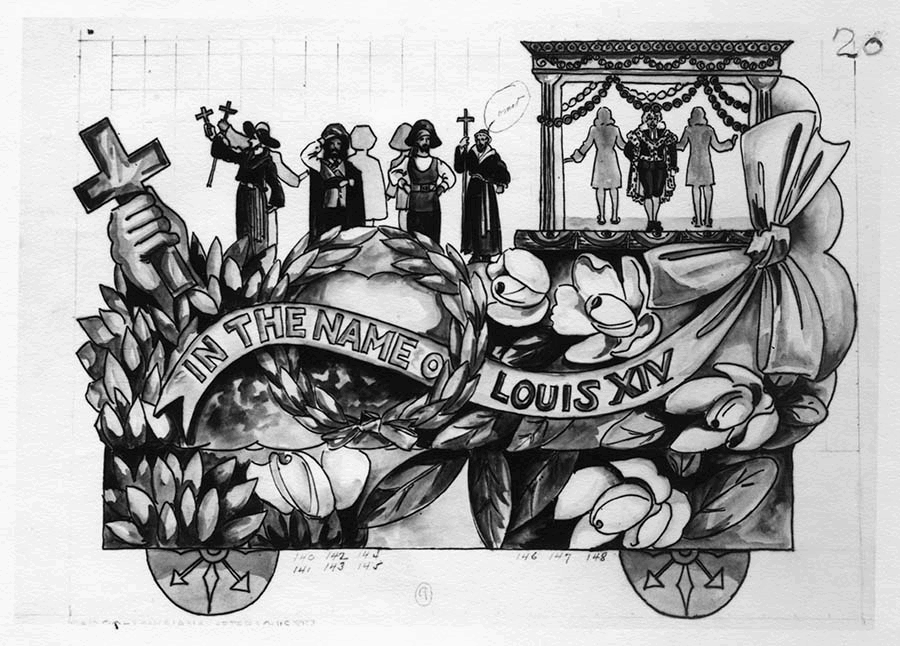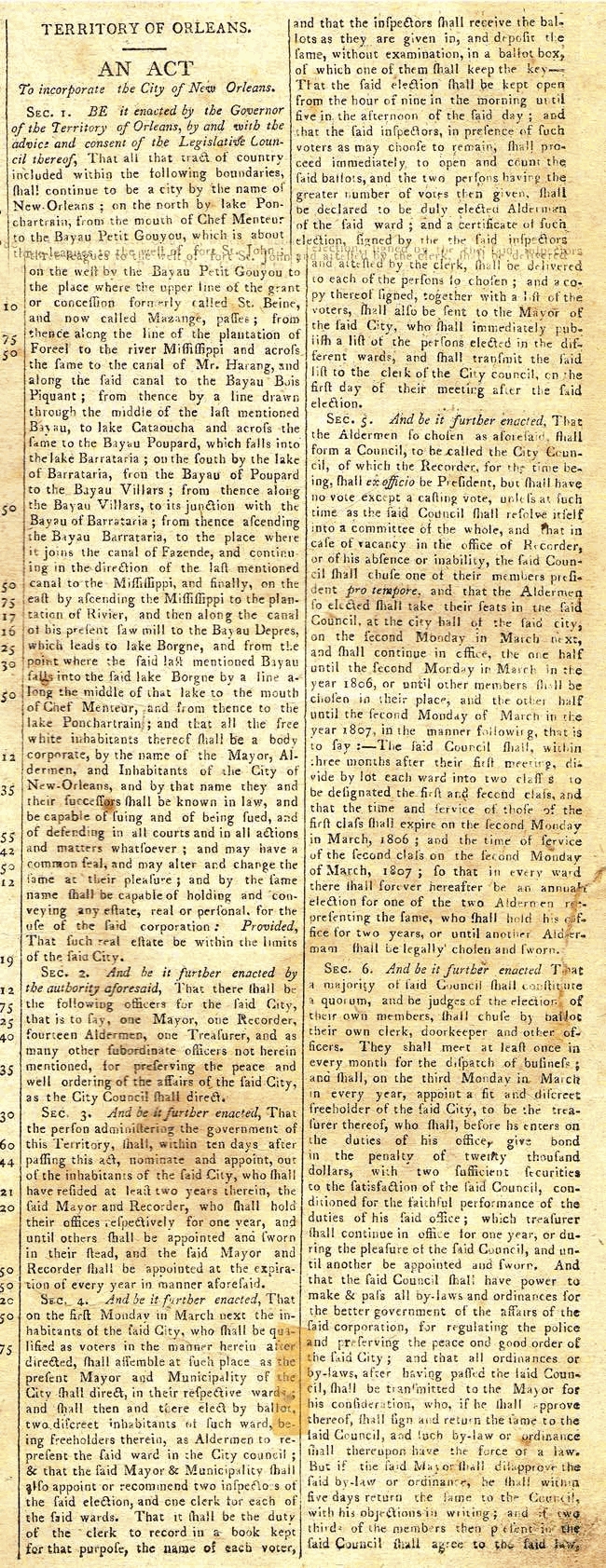|
Today in New Orleans History |
|
|
February 17



 

To receive an update for each day in New Orleans
history, join our facebook page
- Today in New Orleans History
Born in New Orleans on December 3, 1891, Lawrence "Larry" William Gilbert broke into baseball
as a left-handed pitcher, Gilbert first became famous as a member of the 1914 "Miracle" Boston Braves. His major
league career lasted only two seasons (the Braves' breakthrough 1914 campaign and 1915). He is better known as a minor
league manager in the Southern Association, where he led teams for 25 seasons, including the New Orleans Pelicans from 1923–31
and 1933–38 and the Nashville Vols from 1939-48. He took 1932 off from his dugout duties to serve as president of
the Pelicans, then was a part-owner of the Vols from 1939 through 1955. His managing career was bracketed by pennants. His
New Orleans club posted 89 wins and a .610 winning percentage in 1923, and his final club, in Nashville, won 95 games but
lost the 1948 playoff championship. Gilbert won eight Southern Association championships during his quarter-century in the
league, including six consecutive titles (1939–44) with the Vols. His clubs twice won 101 games (1926 with New Orleans
and 1940 with Nashville). Gilbert's career record as a minor league skipper was 2,128 wins and 1,627 defeats (.567). He died
in New Orleans on February 17, 1965 at age 73. He was the father of Charlie Gilbert, a National League outfielder
from 1940–43 and in 1946-47, and Tookie Gilbert, a minor league slugger with the Vols who had two trials with the New
York Giants in the early 1950s.
Over the ensuing 200 years the Louisiana Legislature amended
the original charter hundreds of times and replaced it altogether six times. In 1950 the Legislature made it possible for
New Orleans to adopt a new home rule charter, an option that the city fathers quickly took advantage of. James Pitot (1784-1831) was mayor of New Orleans when the city’s first charter was adopted by the Legislative
Council in 1805. A native of France, Pitot found his way to New Orleans after being forced to flee his homeland following
the French Revolution. Governor Claiborne had appointed him as mayor in 1804 and resigned the office in the middle of 1805.
Claiborne then appointed him to serve as the first judge of the Court of Probates in New Orleans, a post that he held until
his death. This exhibit explores the 200-year history of city charters in New Orleans using original manuscripts, maps, and books from the City
Archives and other Louisiana Division collections. It focuses on the geographical changes effected by several of the charters,
on the structural changes to the municipal government that each charter brought about, and on some of the personalities
involved in this history. The brief notes on each charter, rendered within quotation marks within the exhibit, are from
L. Vaughn Howard and Robert S. Friedman, Government in Metropolitan New Orleans (1959), volume VI in the Tulane Studies in
Political Science series. Text from the New Orleans Public Library. Click
the image for a larger view. |
|
|

To receive an update for each day in New Orleans history,
join our facebook page - Today in New
Orleans History.
Analytics |



